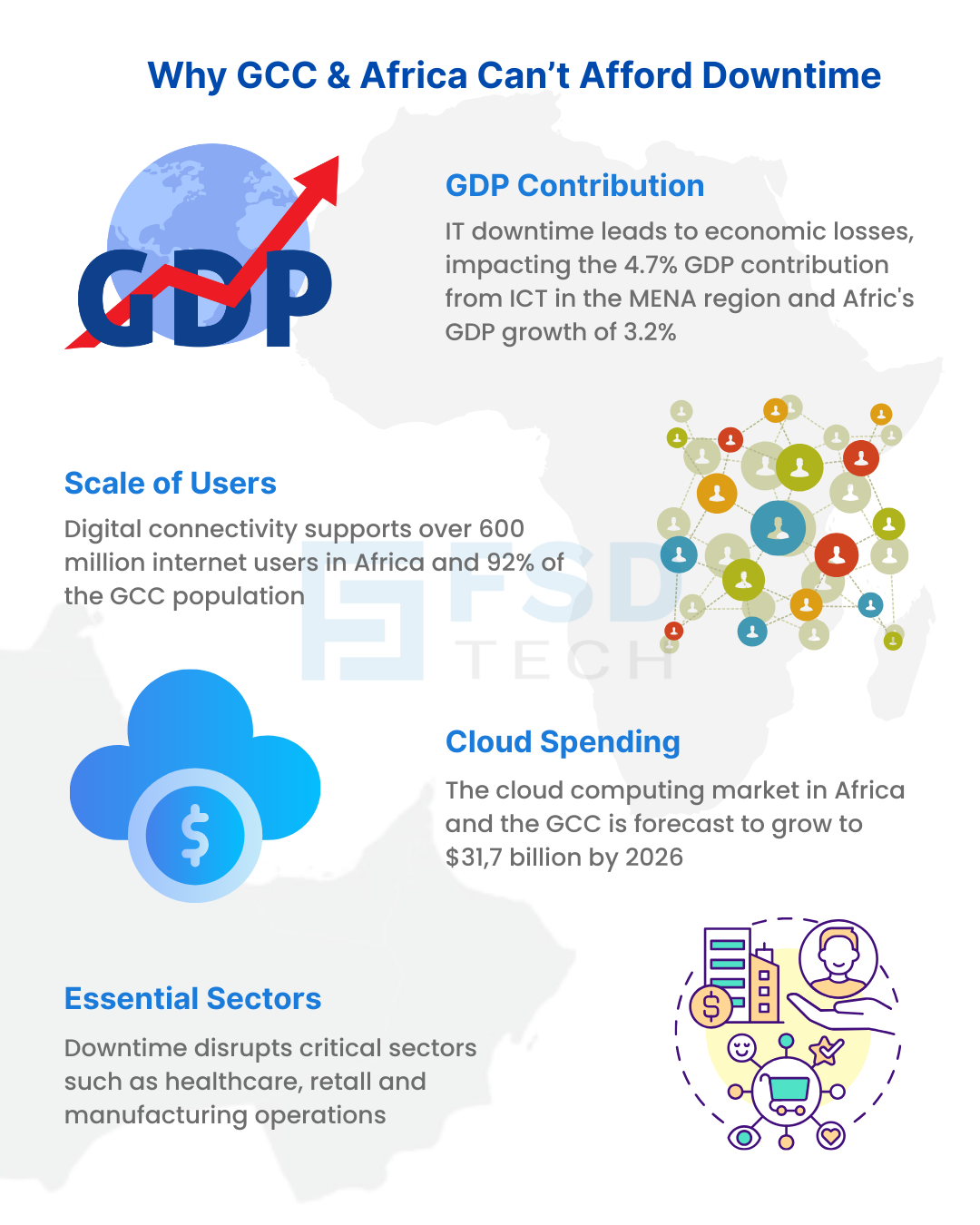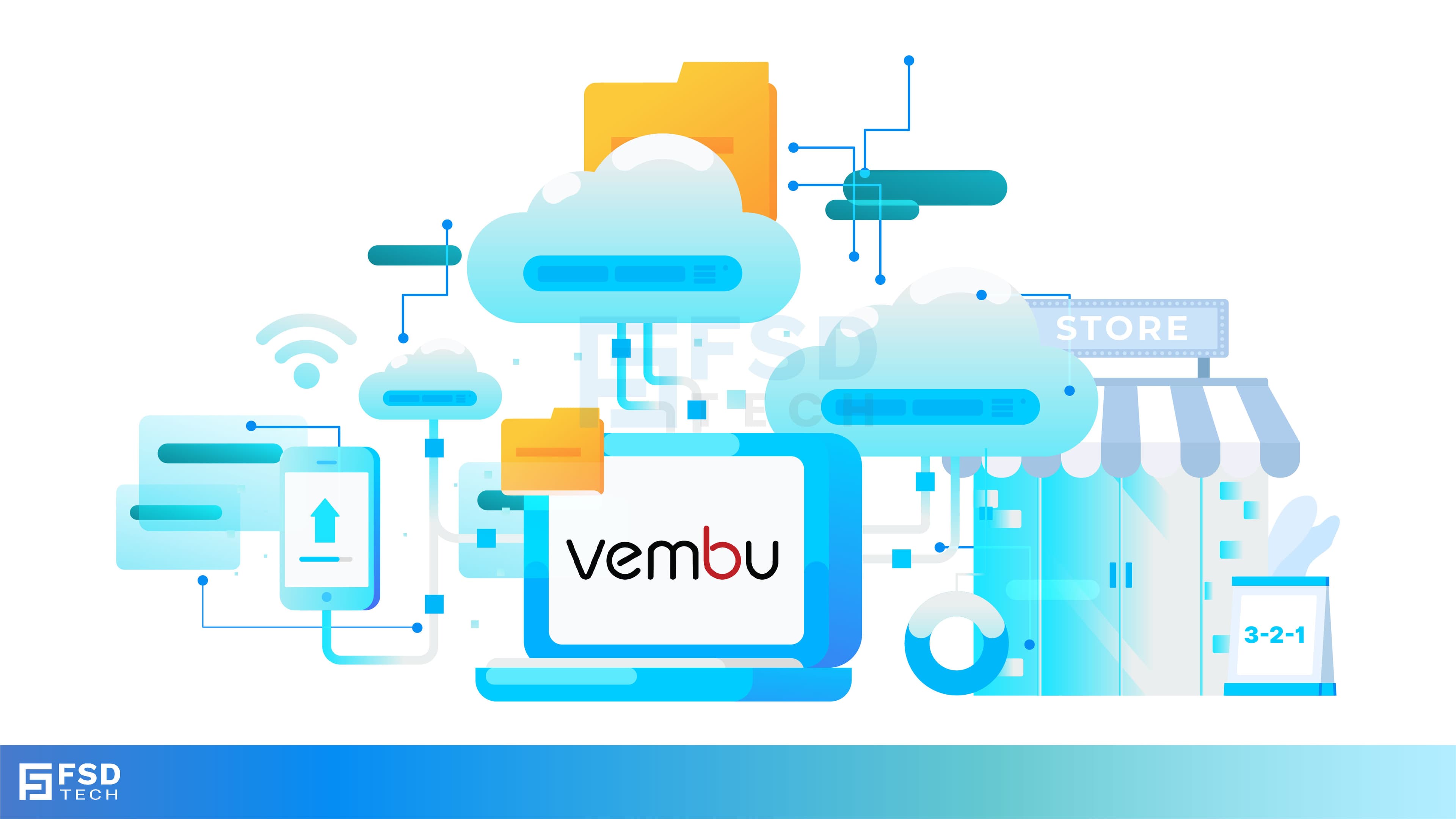
Inside Cato’s SASE Architecture: A Blueprint for Modern Security
🕓 January 26, 2025
.jpg&w=3840&q=75)
It was a Tuesday morning like any other at A Trading Company, a medium-sized distribution company in Dubai.
The finance manager was sipping her coffee, the warehouse was buzzing with activity, and the IT team was catching up on emails.
Then it happened. The accounting software wouldn’t open. The sales team’s CRM was frozen. A strange pop-up appeared on every screen:
“Your files are encrypted. Pay $50,000 in Bitcoin within 72 hours or lose them forever.”
In an instant, the heartbeat of the business — its data — was gone.
Phones rang, panic set in. Orders couldn’t be processed, invoices couldn’t be sent, and even the delivery schedules vanished into thin air.
By the time they figured out what happened, three days of operations were lost. The total damage? More than AED 1.2 million in lost revenue, penalties, and customer refunds — not to mention the hit to their reputation.
What happened to A Trading Company is no longer rare. Across the GCC and Africa, companies are facing data loss incidents more frequently than ever — whether it’s due to ransomware, accidental deletion, hardware failure, or even natural disasters.
Data is now the lifeblood of every business — from a construction company’s project files to a hospital’s patient records, from a retailer’s inventory database to a school’s student records. Lose it, and you lose the ability to function.
When data is lost, the cost is not just the ransom or the IT recovery bill.
It’s a ripple effect:
A 2025 global survey found that the average cost of downtime is now $9,000 per minute for mid-sized businesses. Even smaller companies face thousands in losses for every hour they’re offline.
Here’s the uncomfortable truth:
Most companies think they are too small, too secure, or too insignificant to be targeted or affected.
But in reality:
Think of backup as a seatbelt for your business data. You may not need it every day, but the day you do, it could save everything.
A modern backup solution does more than just make copies of your files. It:
In the past, “backup” meant copying files to a tape or an external hard drive.
That’s like locking your valuables in a box — but leaving the box in the same room that could burn down in a fire.
Modern solutions like Vembu BDR Suite go much further:
Our region is going through rapid digital transformation:
Businesses are shifting to cloud platforms.
In such an environment, downtime isn’t just a technical problem — it’s a business killer.
One major logistics company in Africa lost a government contract because they couldn’t produce documents during a data outage. Another GCC retailer saw stock worth millions expire because warehouse management systems were down for four days.
Data loss isn’t a matter of if, but when. The cost of doing nothing is far greater than the cost of a robust backup strategy.
The companies that survive these incidents are the ones that prepare now — by putting in place a reliable, automated, and tested backup & disaster recovery plan.
That’s where Vembu BDR Suite comes in.
In Tomorrow’s Post, We’ll explore RPO & RTO — The Heart of Business Continuity — and how knowing these two numbers can mean the difference between a quick recovery and a business shutdown.
If you want to see how quickly and easily Vembu can protect your business data, click here to schedule a free assessment — no technical jargon, just clear answers.

Data loss occurs when business-critical information becomes inaccessible, corrupted, or permanently erased. This could be anything from customer databases and financial records to product designs or operational systems. Data loss can happen because of accidental deletion, hardware failure, ransomware attacks, natural disasters, or even sabotage. In the modern business world, where operations are data-driven, losing access to that information can mean your company grinds to a halt.
Think of data as the fuel that keeps your business engine running. Without it, the engine stalls. If your invoices, order lists, or customer records disappear, you can’t bill clients, fulfill orders, or meet contractual obligations. That means lost revenue, missed deadlines, potential breach of agreements, and a serious dent in your reputation. In regulated industries like healthcare, finance, or government services, data loss can also mean hefty penalties and compliance violations.
Antivirus software is a good defense against known malware threats, but it doesn’t prevent all the risks that cause data loss. For example, it can’t protect you from:
More often than you might expect. A global report found that ransomware attacks now occur every 11 seconds, and nearly 70% of SMBs have experienced some form of data loss in the last year. In our GCC and Africa markets, we’ve seen both large corporations and small family businesses face downtime from something as simple as a power surge damaging their servers or a misconfigured cloud backup.
Downtime is expensive — not just in lost sales, but in cascading costs like penalties, overtime, lost customer trust, and emergency IT recovery bills. Globally, the average cost for mid-sized companies is $9,000 per minute of downtime. In GCC and Africa, some logistics and manufacturing firms report losing millions in a single day because operations came to a standstill, shipments missed deadlines, or service-level agreements were breached.
Yes — in fact, they are often easier targets. Cybercriminals know SMEs may not have dedicated security teams or enterprise-grade defenses. For example, a small accounting firm in Nairobi was hit by ransomware that locked every client file. They weren’t targeted because they were “important” — they were targeted because they were vulnerable. With no backup system in place, they had to pay a ransom just to get their own client data back.
Backup is simply making copies of your data and storing them safely. Disaster recovery is a broader strategy — it’s about how quickly and effectively you can get your systems, applications, and processes back online after an incident. Vembu BDR Suite offers both — storing secure copies of your data and giving you tools to restore everything rapidly, so downtime is minimal.
Manual backups rely on human discipline and consistency — and people forget. USB drives can be misplaced, damaged, or infected with malware. And if your manual backup is kept in the same location as your primary systems, it’s just as vulnerable to fire, theft, or disasters. Automated backup solutions like Vembu ensure your backups happen on schedule, are stored in multiple safe locations, and are verified for recovery readiness.
Vembu BDR Suite automates the entire backup process for physical servers, virtual machines, cloud workloads, and SaaS applications. It:
Yes. Vembu implements immutable storage — meaning once your backup is written, it can’t be altered or deleted by ransomware. Even if attackers encrypt your production systems, you can restore unaffected copies from your backup repository. Vembu also supports air-gapped backups for extra isolation.
Absolutely. Whether your data is stored on physical servers in your office, on virtual machines, or across cloud platforms like AWS, Azure, and Google Cloud, Vembu can back it up. It also protects productivity tools like Microsoft 365 and Google Workspace, ensuring emails, calendars, and documents are recoverable.
In many cases, recovery is near-instant. Features like Instant VM Recovery and quick file-level restores mean you can bring up critical systems within minutes. For example, a retail chain in Abu Dhabi restored their billing system in under 20 minutes after a server crash — preventing a day’s worth of lost sales.
Yes. Vembu’s architecture is designed to work across various network conditions and infrastructure setups common in the GCC and African markets. It’s compliant with global data protection laws while allowing flexible deployment models that match local business needs.
Vembu supports hybrid backup strategies — keeping a copy on-premise for fast restores and another in the cloud for disaster resilience. Even if your primary backup server is lost, you can restore from the cloud version. This dual-layer approach ensures your data is always recoverable.
It’s simple:
Testing: Run a recovery drill so you know exactly how it works before you ever need it.
You can start today with a free consultation to design your backup and disaster recovery strategy tailored to your business.
click here to schedule a free assessment

Nasmal is a Solution Architect & Business Analyst focused on AI, Data, Automation, BCP, and Process Optimization. He helps businesses evolve from reactive to proactive, data-driven, and resilient operations. With hands-on expertise, he simplifies complex tech into clear, easy-to-understand blogs.
Share it with friends!

🕓 November 24, 2025

🕓 September 16, 2025

🕓 September 5, 2025
share your thoughts